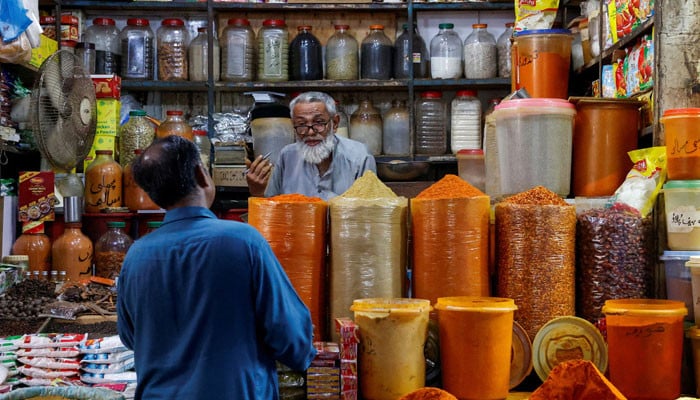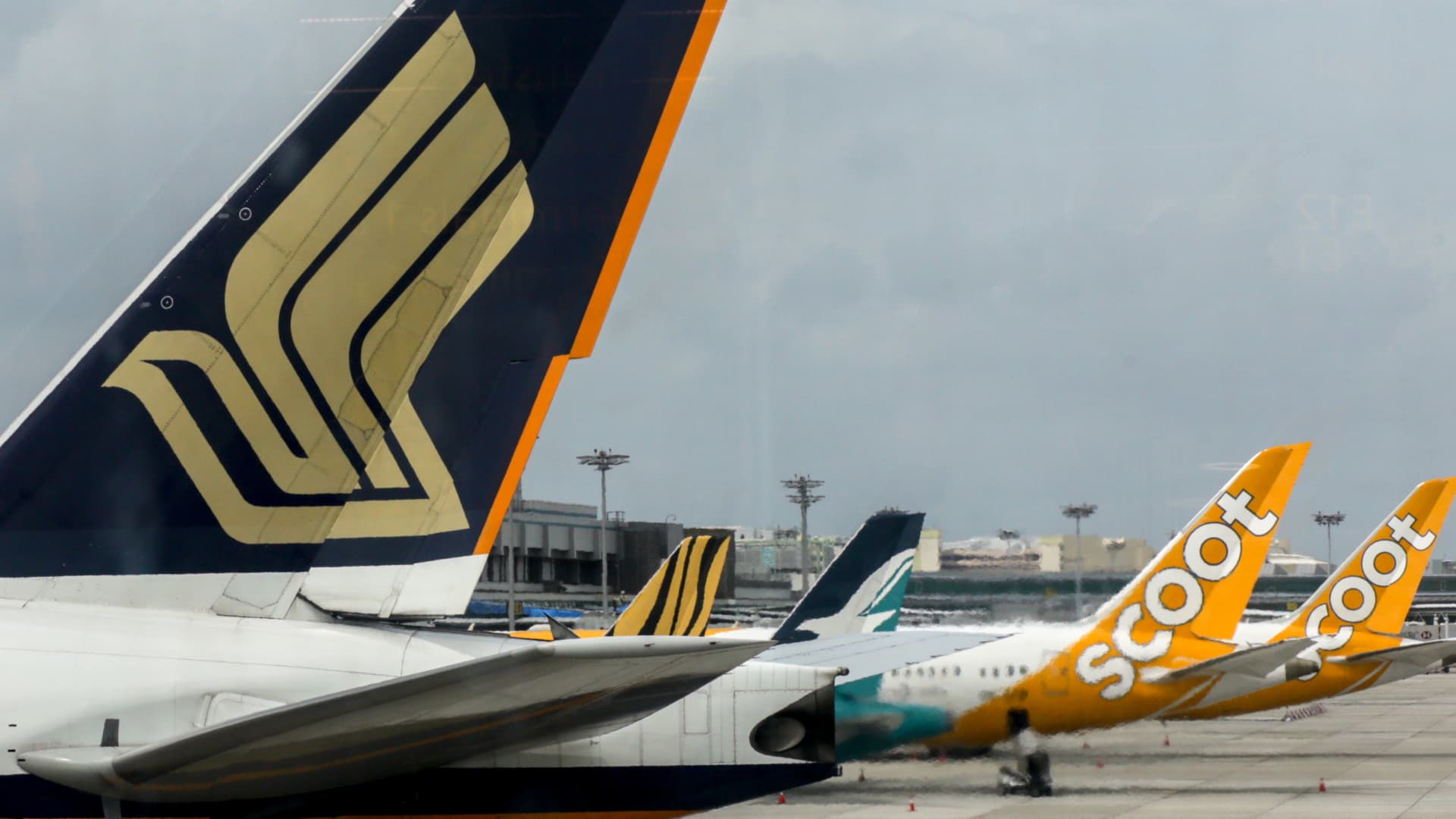Finance ministry sees July inflation easing to 3.5-4.5%

ISLAMABAD: Headline inflation for July 2025 is expected to ease between 3.5% and 4.5%, the Ministry of Finance said Monday, attributing the decline to improved exchange rate stability, steady energy prices, and uninterrupted domestic supply chains.
In its monthly economic outlook report, the ministry said Pakistan’s economy sustained growth momentum at 2.68%, while inflation fell sharply to 4.5%, supported by a lower policy rate, exchange rate stability, and prudent macroeconomic management.
According to the report, inflation stood at 3.2% in June while average inflation for the fiscal year ending June 30 dropped to 4.49%, a nine-year low, from 23.4% the year before.
Large-scale manufacturing (LSM) posted marginal growth of 0.2% year-on-year during the first eleven months of FY24. Additionally, exports rose 11.7% year-on-year to $2.75 billion in June, while imports grew by 25.8% to $5.2 billion, contributing to a current account surplus of $491 million during the month.
The report noted the agriculture sector continues to perform well, with improved water availability, higher fertiliser offtake, and increased agricultural credit disbursement in preparation for the next sowing season.
Meanwhile, the current account recorded a surplus of $2.1 billion, marking the first annual surplus in 14 years and the largest in 22 years.
The fiscal deficit has been contained at 3.1% of GDP for July–May FY25, showing improved fiscal discipline and resource management, the report added.
The ministry underlined that strong foreign exchange inflows, a stable exchange rate, and enhanced confidence among stakeholders have laid a solid foundation for sustainable economic recovery in the coming months.
The report stated social protection and climate resilience will also remain integral to aligning near-term economic actions with Pakistan’s long-term development goals.
Accordingly, real GDP is expected to grow by 4.2% in FY26, alongside continued price stabilisation.
Large-Scale Manufacturing (LSM) is likely to maintain momentum in June 2025, driven by increased private sector credit off take and expanding production activity. The rebound is expected to boost imports of raw materials and intermediate goods while supporting exports of value-added products.
Strengthening domestic demand, a stable exchange rate, steady global commodity prices, and improved foreign demand are likely to enhance exports, remittances, and imports in July 2025, reinforcing external sector stability.
<!–


–>
<!–
–>
[title_words_as_hashtags




